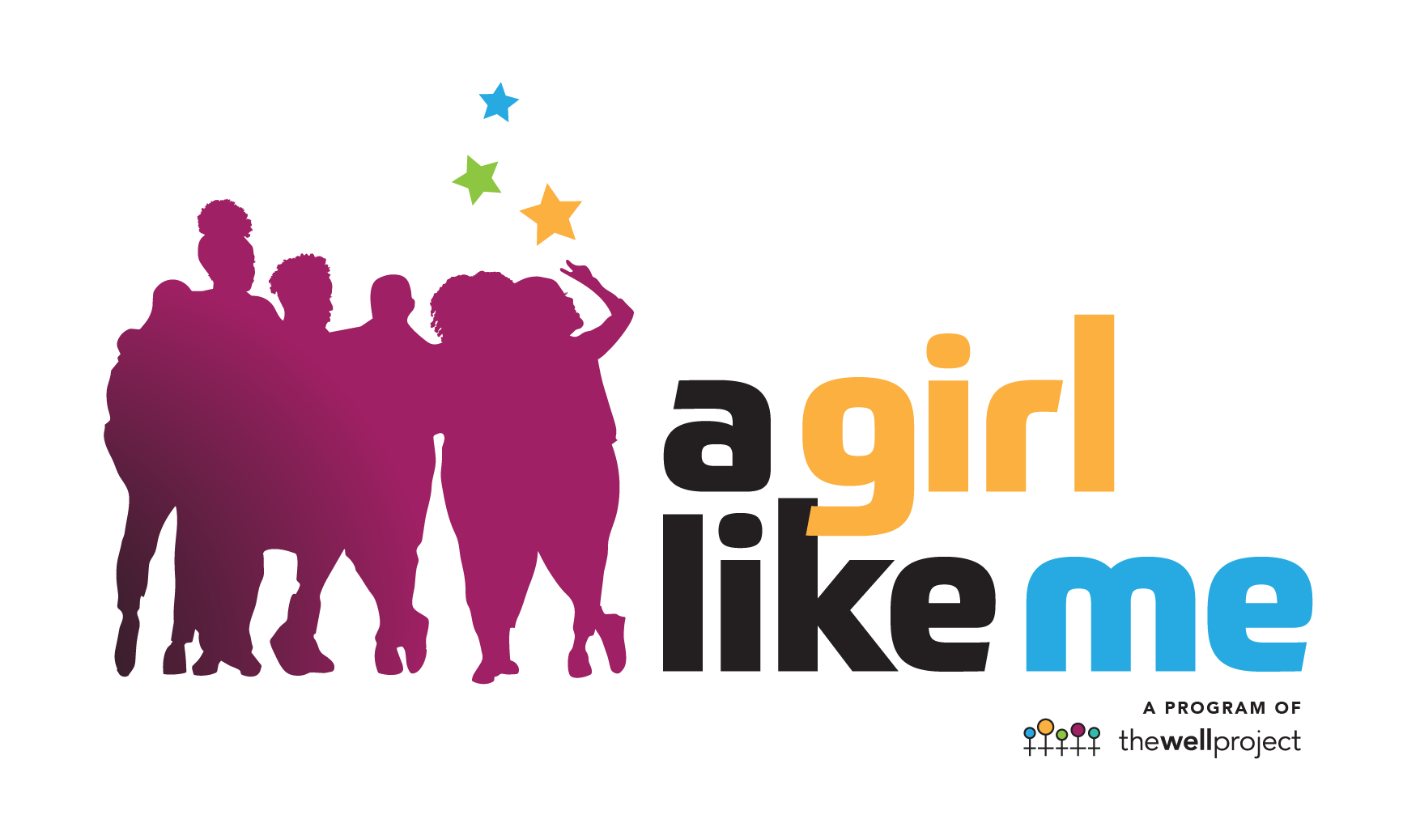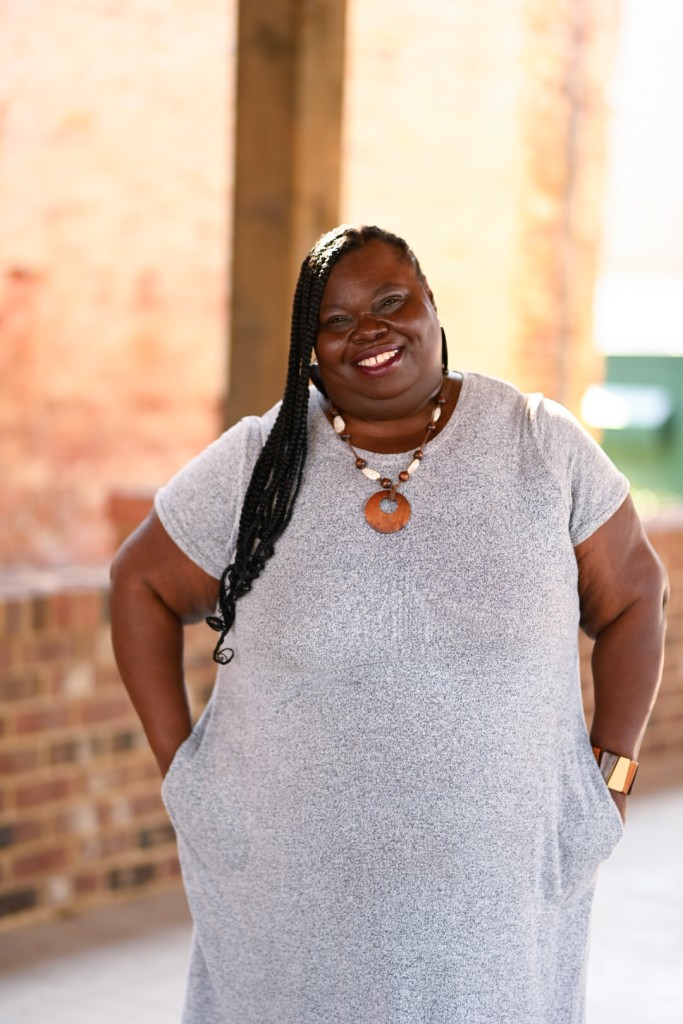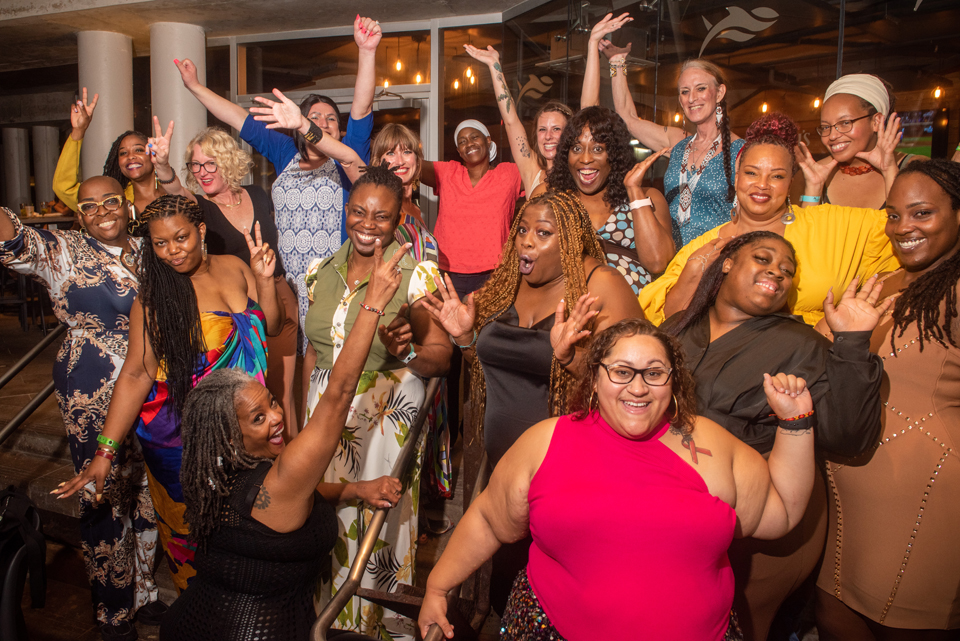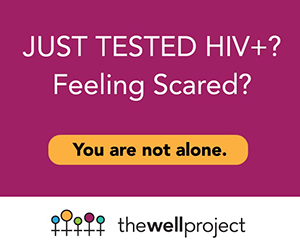I’ll be the first person to admit that I am not a huge fan of Tyler Perry’s projects therefore I had no interest in viewing his newest film Temptation. Less than a week after the movie’s release, a social media storm of criticism surfaced rebuking Mr. Perry for the film’s imagery of people living with HIV/AIDS. Amid this controversy, I attended a conference call which included people living with HIV/AIDS and professionals within the field. The call was designed to discuss and unpack what the film’s imagery means to and for the HIV/AIDS community. Of course I couldn’t add any useful, informed commentary to the conversation because I hadn’t seen the movie, nor did I have any plans on seeing it. However, after attending a different movie screening focused solely on African American women I reluctantly decided to see Mr. Perry’s latest project. The movie screening I attended sparked concern because even in a documentary primarily concerning the plight of African American women the narrative of HIV/AIDS was being told through the voices of either HIV negative African American women who worked with positive women or others outside of this unique demographic who feel somehow qualified to speak on our behalf.
According to the conversation I heard on the conference call, I gathered that if nothing else, Temptation could potentially instigate some open, honest dialogues among African American women living with and affected by HIV/AIDS about identifying our specific needs and how to get those needs met. So the day after the call, I hesitantly paid $7.25 and settled into a practically empty Black owned theatre in Chicago to watch Mr. Perry’s latest attempt to entertain American movie goers.
My initial response to the film was of artistic criticism that has little to do with the subject matter at hand so I won’t bore you with my commentary. I admit I that recognized the themes that some within the HIV/AIDS community could view as problematic within the main characters of the movie. According to the conversations I’d previously heard, I was under the impression that there were only two HIV positive people in the movie, the lead female and her seductive love interest. However, I was surprised to find that there was a third person in the film who was portrayed quite accurately. In the midst of this unfolding story of passion and discontentment was Brandy Norwood’s character, an African American woman who had been infected with HIV by her boyfriend. This woman was portrayed as broken but determined to redefine her life on her own terms. She relocated to a new city, found a job, and established a new life while working through the emotional and mental anguish that often comes along with a positive diagnosis. When approached romantically she readily and responsibly disclosed her status. Without blaming herself she actively considered how she MIGHT have contributed to her diagnosis and surrounded herself with supportive people who were willing to emotionally support her while she worked through the difficult process of accepting and living with a positive diagnosis.
This character I have described is the most accurate depiction of an African American woman living with HIV/AIDS that I have ever seen in any major media outlet or any outlet for that matter. Even among the medical and psychological field, African American women living with HIV/AIDS are reduced to current or former drug users, sex workers and or welfare queens who display little or no autonomy. These biased views of women are destructive in creating and establishing programming designed to treat, prevent and serve a very unique population whose input is rarely considered in the creation of such programs. Confronting HIV/AIDS among African American women without addressing how their environment might predispose them to the virus is futile. Mass incarceration, disrupted family structures\relationships, poverty, limited access to health care and lack of quality housing are rarely mentioned in discussing the alarmingly increasing HIV rates among African American women. Mothers, sisters, aunts, grandmothers, and friends continue to be excluded from the discussions of how to address an epidemic that greatly affects them. These women are courageous, resilient and display monumental amounts of fortitude just to survive from day to day and deserve to be heard. Like Brandy’s character, most African American women living with HIV/AIDS desire to improve their quality of life and be recognized as the audacious humans they are. Tyler Perry is one of the first and only African Americans connected to Hollywood to bring forth issues that most directors and actors have strayed from and for that, I applaud him. Do his movies always hit the mark of tackling these issues? Maybe not but I there is something to be said about his willingness to portray segments of the HIV/AIDS community that are often shunned and\or left behind when major decisions are being made.























David your comment makes my point clearly...Because I don't view this character the same you do my views aren't valid in your eyes. This kind of dismissal takes place within the HIV/AIDS community regularly and until there is a space created where everyone infected and affected has a say about how to address this epidemic we will continue to have new infections. All views should be respected even if they differ from your own. I totally understand and see how you might come to the conclusion that Brandy's character was portrayed as unlovable but I just happen to disagree. Aren't I allowed to do that?